The World of the Deer Tick: A Comprehensive Guide
The deer tick, scientifically known as Ixodes scapularis, is a small but significant creature playing a large role in both the natural world and human health. Often barely visible to the naked eye, these external parasites are more than just a nuisance. This guide dives deep into the life, habits, and ecological importance of the deer tick, offering insights for students, animal enthusiasts, and anyone interested in understanding these fascinating arachnids.

What is a Deer Tick?
Deer ticks belong to the family Ixodidae, commonly known as hard ticks. They are ectoparasites, meaning they live externally on a host and feed on its blood. The deer tick is named for its preference to feed on white-tailed deer, though it readily feeds on other mammals, birds, and even reptiles. Adult deer ticks are typically reddish-brown to brown in color, with a dark spot on their back. They are quite small, with adult females being slightly larger than males, often swelling considerably after feeding.
Habitat and Distribution
The deer tick is native to the eastern United States, and its range is expanding into the Midwest. They thrive in areas with high humidity and moderate temperatures, particularly wooded areas, brushy habitats, and areas with long grass. These environments provide both suitable hosts and protective cover. They are commonly found in the Northeast, Mid-Atlantic, and parts of the Midwest. Understanding their preferred habitats is key to minimizing exposure. The tick’s survival is highly dependent on temperature and humidity levels, influencing their activity and distribution.
Life Cycle and Reproduction
The deer tick undergoes a four-stage life cycle: egg, larva, nymph, and adult. Each stage requires a blood meal to progress to the next. The life cycle can span several years.
- Egg Stage: Adult females lay thousands of eggs in the leaf litter of wooded areas.
- Larval Stage: The tiny larvae hatch and seek a host, often a small rodent like a white-footed mouse.
- Nymph Stage: After feeding, the larva transforms into a nymph. This stage is crucial because nymphs are often responsible for transmitting pathogens to humans. They also feed on small mammals and birds.
- Adult Stage: Adult ticks feed on larger hosts, such as white-tailed deer, dogs, and humans. Females require a blood meal to produce eggs, completing the life cycle.
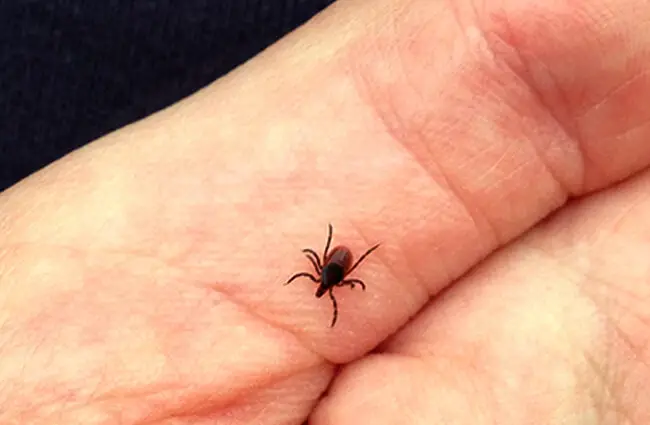
Diet and Feeding Habits
As their name suggests, deer ticks are known to feed on deer, but they are not exclusively deer feeders. Their diet is remarkably diverse, including a wide range of mammals, birds, and even reptiles. The tick attaches to a host using specialized mouthparts and feeds on blood for several days. During feeding, the tick can increase its weight significantly. The larval and nymph stages typically feed on smaller hosts, while adults prefer larger mammals like deer and humans.
Ecological Role and Interactions
Deer ticks play a role in the ecosystem, though often considered a parasitic one. They serve as vectors for several diseases, including Lyme disease, anaplasmosis, babesiosis, and Powassan virus. This makes them a significant concern for both animal and human health. However, ticks also contribute to natural selection by impacting the health and survival of host species. Predators, such as certain birds and insects, may also feed on ticks, helping to regulate their populations. Understanding the complex interactions between ticks, hosts, and the environment is crucial for managing tick-borne diseases.
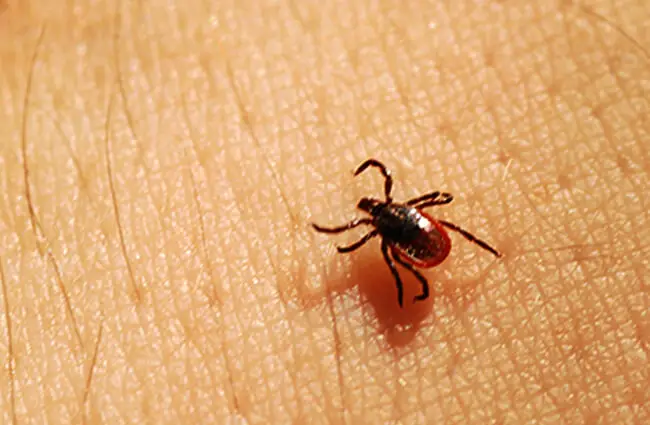
Deer Ticks and Humans: A Close (and Often Problematic) Relationship
The interaction between deer ticks and humans is primarily negative, due to the transmission of disease. Lyme disease, in particular, is a growing concern, with increasing incidence rates in many areas. Avoiding tick-infested areas, wearing protective clothing, using insect repellents, and performing thorough tick checks are essential preventative measures. Early detection and treatment of tick-borne illnesses are crucial for preventing long-term health complications.
Identifying Deer Ticks
Distinguishing deer ticks from other tick species is important for accurate diagnosis and treatment. Adult deer ticks are typically small, reddish-brown, and have a dark spot on their back. Nymphs are even smaller and more difficult to spot. Larvae are tiny and resemble small specks. Knowing what to look for can greatly improve the chances of early detection and prevention.
Advanced Tick Biology: Evolution and Genetics
The evolutionary history of deer ticks is fascinating. Like all ticks, they are arachnids, closely related to spiders and mites. Their parasitic lifestyle has driven the development of specialized mouthparts and sensory organs for host detection. Genetic studies have revealed the complex relationships between different tick species and their host preferences. Research is ongoing to understand the genetic basis of tick-borne disease transmission and to develop more effective control strategies.
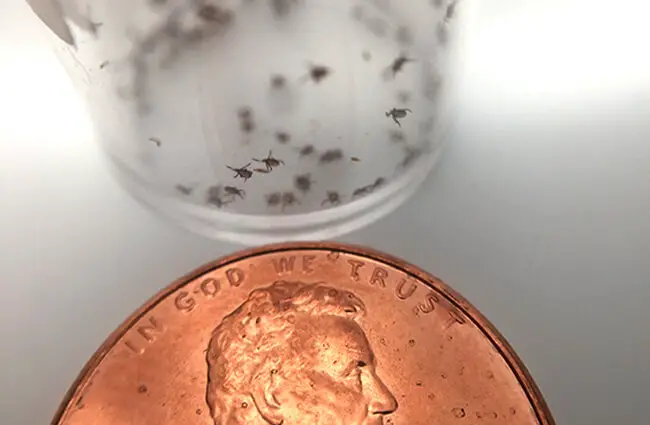
Caring for Deer Ticks in Captivity (Zookeepers & Researchers)
Caring for deer ticks in a captive environment requires specialized knowledge and protocols. Ticks should be housed in secure containers with controlled temperature and humidity. Providing a suitable host animal for feeding is essential, though ethical considerations must be carefully addressed. Regular monitoring of tick health and behavior is crucial. Strict biosecurity measures must be implemented to prevent the spread of pathogens. Researchers studying ticks should prioritize responsible handling and disposal of specimens.
Interesting Facts About Deer Ticks
- Ticks do not jump or fly. They crawl onto hosts or wait in vegetation.
- Ticks can detect host odors, carbon dioxide, and body heat.
- Some ticks can survive for months or even years without feeding.
- Tick populations are influenced by climate change and habitat fragmentation.
- Ticks have a unique ability to concentrate pathogens in their saliva.
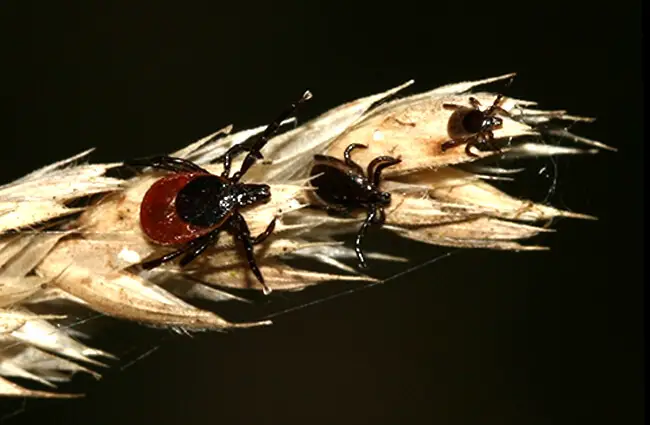
Conclusion
The deer tick, despite its small size, is a creature of significant ecological and medical importance. Understanding its life cycle, habits, and interactions with the environment is crucial for protecting both human and animal health. Through continued research and education, we can minimize the risks associated with tick-borne diseases and appreciate the complex role these fascinating arachnids play in the natural world.

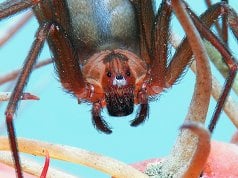
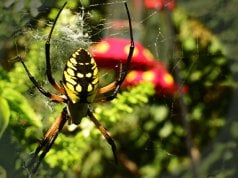



![Red Angus Closeup of a beautiful Red Angus cowPhoto by: U.S. Department of Agriculture [pubic domain]https://creativecommons.org/licenses/by/2.0/](https://animals.net/wp-content/uploads/2020/03/Red-Angus-4-100x75.jpg)

